
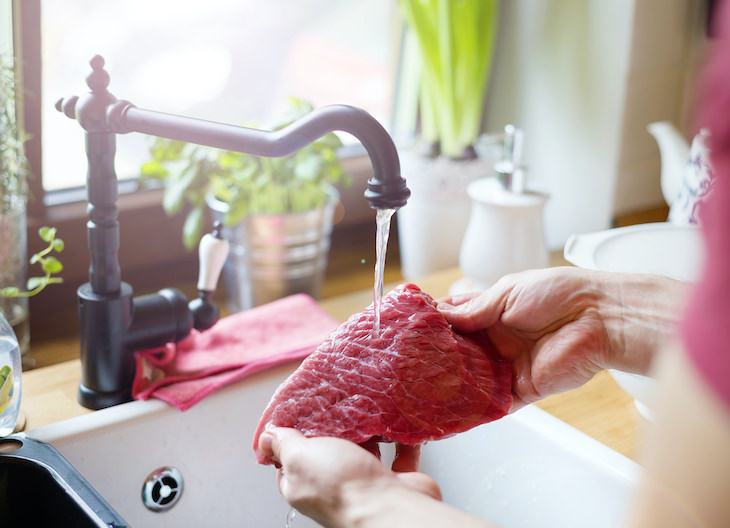
It’s a common misconception that by washing your meat before grilling it you’re ridding it of harmful bacteria. Om the contrary, the USDA’s Food Safety and Inspection Service strongly recommend against washing raw beef, pork, chicken, and turkey before cooking or grilling it.
Many bacteria are quite loosely attached and when you rinse the meat the bacteria might spread around your kitchen. Not only that but it also waterlogs protein, which will dilute the meat’s natural flavors. Instead, barbecue excerpts suggest dabbing the meat with a dry paper towel to remove any unwanted moisture from the packaging before seasoning.
Related: Washing Chicken Causes Food-Borne Illness

Now, that you’ve dried your meat you get to the fun part - seasoning. One of the key elements of cooking barbecue is the distinct smoky flavor you get from cooking over a fire. Seasoning your steak, chicken, or burgers with too many flavors can take away from the distinguished taste this cooking method offers, which in a sense, would beat the purpose of a barbecue. According to chef Matt Horn, the best way to go with barbecue is a very simple salt and pepper base. Sometimes, he may add something like granulated garlic or onion to it just to add a little additional flavor, he told Insider.
What you really want to look for when cooking meat is the Maillard Effect. If you’re one to cook meat often, you have probably heard this term. Simply put, the Maillard effect is the chemical process in which sugars interact with the amino acids of proteins, and create an array of new flavors and aroma compounds. It is sometimes referred to as ‘the browning effect’ because it occurs as the meat interacts with the heat source and becomes brown. These molecules are responsible for the potent flavor and characteristic smells of barbecue and you don’t want to dull them down with too much seasoning.
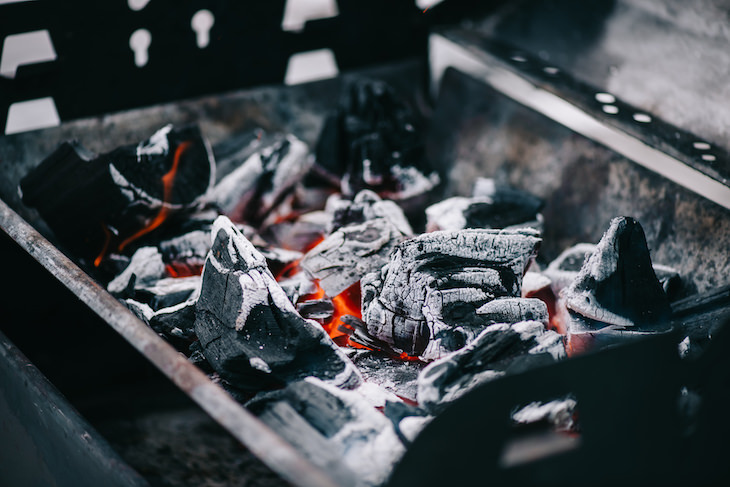
Whether you’re using lighter fluid or wood, you have to allow the coals to get completely hot. That means waiting until they turn completely white or grey. Starting to cook when the coals are still partially black is a common barbecue mistake. However, if you don’t wait long enough the meat will come out with a harsh charcoal flavor rather than the smooth smokiness discussed above. To learn more, check out our precious video Indispensable Fire Management Tips.
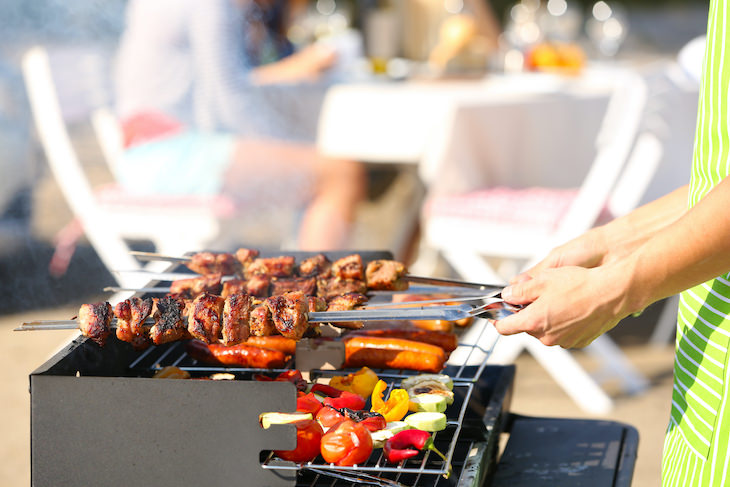
Remember the coveted Maillard reaction? One way to achieve it is spacing the pieces of meat on the pan, allowing each one its own space. That way, the different pieces don’t need to ‘compete’ for attention from the grill’s heat source, and the timing is just right for each one to get a good, charred texture.
Another important tip is not to flip the meat too early. Patience is key. Wait till the meat gets dark, and has some outside detailing, to achieve optimal flavor.
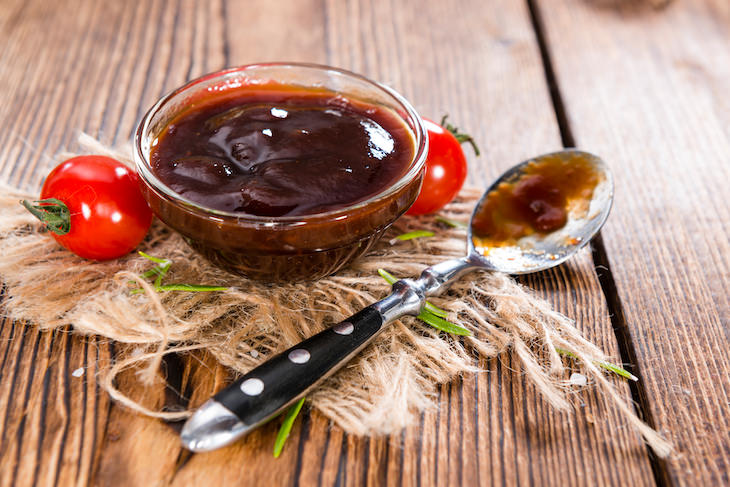
BBQ sauce is a popular condiment and there is no harm in using it to glaze the meat after it’s been cooked. However, using a tomato and sugar-based sauce as a marinade can be a problem when cooking over fire. The sauce can easily burn before the meat is properly cooked.
If you do choose to use BBQ sauce in the cooking process, experts recommend waiting until the meat is almost finished cooking before adding it. At that point, you can brush the sauce on and flip the meat. Keep brushing and flipping until you see that perfect glaze. That way the meat will be tender and juicy, and you can enjoy the sweet-ish flavor of the sauce.
Related: 3 Eclectic Barbecue Sauces
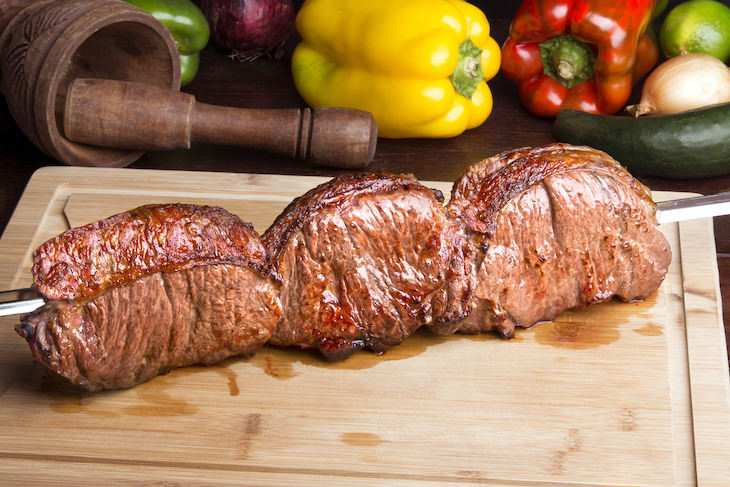
Letting a steak ‘rest’ a little after cooking is pretty common knowledge among meat lovers. It is true for all barbecues - whether you prepare steaks, chicken, or any other type of meat, you want to let it rest before you cut into it.
The reason it’s important is that the juices need time to naturally redistribute in the meat, otherwise they will flow away onto the cutting board, leaving the meat dry. Moreover, the residual heat will continue to cook the meat after you've removed it from the grill.
Share these tips with those who love BBQ